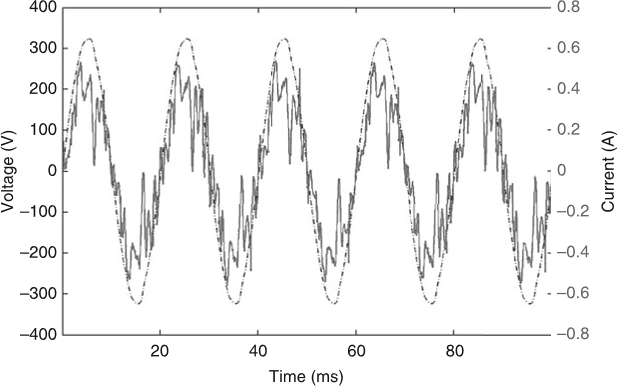




Did you find this useful? Give us your feedback






















134 citations
66 citations
56 citations
...Even though LED streetlight has higher initial cost, it has a longer lifespan which makes the maintenance cost cheaper over the time compared to HPS streetlight [4]....
[...]
48 citations
34 citations
884 citations
287 citations
113 citations
77 citations
74 citations
It is therefore important to perform regular measurements of the harmonic emission of LED street lamps so as to prevent power quality problems in the future.
Lighting designed for outdoor applications must address multiple issues such as proper light distribution, glare, light pollution, energy usage and lifetime.
To sum up, some advantages of dimmable electronic ballasts are their energy savings (up to 50%), wider dimming range through wired or wireless central dimming control, and their robustness and reliability.
Regarding the high-frequency spectrum, the highest current peak is reached by electronic and electromagnetic ballasts connected to HPS lamps, being 3mA (around 1% of FND) for the electronic ballast and 6mA for the electromagnetic ballast (2% of the FND).
The first street light monitored was a Thorn lamp, with an active power of 25W, and according to their measurements other values are 6.8% total harmonic distortion of the current (THDI) and a displacement power factor (DPF) of 0.96.
The main benefit of reducing the THDI in street lighting lamps occurs because such lamps are always connected in groups, so the total emission can be large.
As an example, the U.S. Department of Energy acts as a catalyst to drive R&D breakthroughs in efficiency and performance, and to equip buyers to successfully apply solid state lighting.
One interaction is due to the emission by enduser equipment, but the most important is due to the low impedance created by end-user equipment.
Although it is not widely used in street lighting, there are many advantages from the use of LED lamps such as very low power consumption, and high efficiency (124 lm/W in 201019), among others.
From this the authors can conclude that in the LED lamps, the peak around 40 kHz is also due to the switching frequency of the active power factor correction circuit.
The trend followed by the two spectra from the HPS lamp with the electronic ballast and the LED lamp both show a peak (one around 2.8 kHz and the other around 6.1 kHz), whereas the trend of the HPS lamp with the electromagnetic ballast shows a decreasing tendency.
It is possible to see that after 4 minutes the lamp appears to be stable in Watts (Figure 10), but if the authors remove the four first minutes, a decreasing tendency also appears.